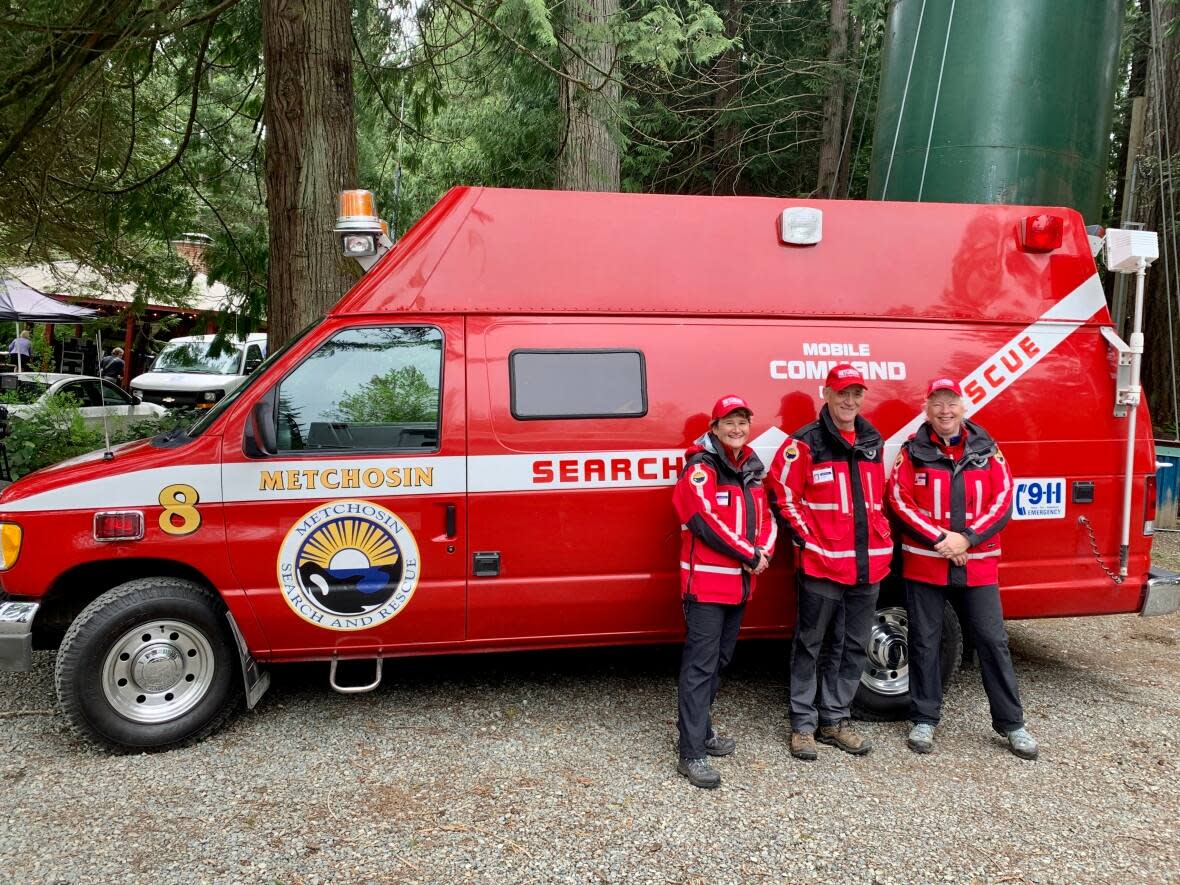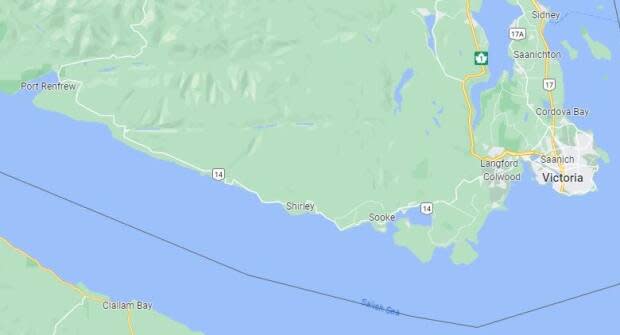Vancouver Island search-and-rescue teams thrilled that stretch of Hwy 14 now has cell service

Search-and-rescue crews on southwestern Vancouver Island say new cell towers will help turn searches into rescues.
Rogers Communications Inc. recently installed seven towers along a 70-kilometre stretch of Highway 14 from Sooke to Port Renfrew, an area that didn't have wireless network coverage.
The project was completed with $5 million from the provincial government.
Rogers says other carriers haven't signed roaming contracts, which means cellphones on other networks may not have service in the area yet.

But any mobile phone on any provider will be able to call 911 and emergency officials will be able to use the towers to "ping" phones to locate them.
Dwight Yochim, CEO of the B.C. Search and Rescue Association, said that will make a significant difference for his crews.
Teams that are sent to find someone in an area with no cell coverage and no specific location may need to spend hours or days just searching, he said. But if they know where the person is, they can get down to the business of rescuing.
"Turning a search into a rescue makes it so much faster for both search-and-rescue and the subject," said Yochim.
"Every hour that we're looking for that individual potentially means [they are] getting weaker and weaker."
Yochim said knowing a person's location makes a huge difference and it's even better if they can stay in contact by phone or text as crews approach.
Better communication within SAR crews
The cellphone coverage is already making a difference for how SAR team members communicate with each other.
Marie Burgess with Metchosin Search and Rescue, which covers areas just southeast of Highway 14, said she and some team members were out on a mission a few weeks ago and hadn't known that cell coverage was available.
"All of a sudden we were using it and we were thrilled to be able to reach back to our manager and relay information and download maps," Burgess said.
Radio communication is also inconsistent in the area, she said, which meant once crews headed out, they were often working without updated information and had no way to talk back to people at their base.
Highway travel safer now too, says fire chief
Emergency service providers are also happy about the change.
The highway itself, which is windy and has sections with little to no shoulder and sharp dropoffs, also didn't have cellphone coverage.
Leah Hill, fire chief in Shirley, B.C., one of the small communities along the route, said people often had to drive 20 minutes or more before they could call and report an accident.
"It'll be a huge difference for us for people to be able to call more accurately for help," Hill said.
She said it's also a big deal for residents who have relied on landlines, which can be problematic during the region's frequent power outages.
Hill said things will improve even more when all wireless carriers are using the towers for more than just emergency calls.
CBC News has reached out to Telus and Bell to ask if they'll be signing roaming agreements with Rogers. They have yet to respond.


